 Imagine my delight when I received an email from Jonathan Chan in London, where he is studying at the Guildhall, telling me that he had been awarded the 1715 Dominicus Montagnana violin on loan from the Canada Council Musical Instrument Bank. Canada’s finest young talents compete for the opportunity to use these instruments for a period of time. The competition is tough.
Imagine my delight when I received an email from Jonathan Chan in London, where he is studying at the Guildhall, telling me that he had been awarded the 1715 Dominicus Montagnana violin on loan from the Canada Council Musical Instrument Bank. Canada’s finest young talents compete for the opportunity to use these instruments for a period of time. The competition is tough.
“I ended up leaving with the absolutely gorgeous Montangna that I had been eyeing since they (the Canada Council Instrument Bank) sent me the list of violins available. It’s easy to play on and also easily the smoothest instrument I have played on”.
Jonathan is a tremendously gifted young violinist from Vancouver whom the Vancouver Recital Society has been mentoring for the past several years. He has played twice for the VRS – once at the Kay Meek Centre, and he also gave a stunning performance of the Ysaye Unaccompanied Sonatas for Violin as our first ever surprise concert artist. Interestingly, there was someone from South Africa in the audience (alright, I’ll confess, my cello teacher from my university days in Capetown) and she was so taken with Jon’s performance that she arranged a concert tour of South Africa for him a couple of years later. And, imagine… on that tour he played both piano AND violin!
Then, next day I received a phone call from another young protégé of ours, Aaron Timothy Chooi. He’s a young violinist from Victoria who is entering his first year at Curtis in Philadelphia. He could hardly speak, he was so excited. “Leila, I got a Guarneri. It’s worth a fortune. My mom says I have to lock my room every time I go out. I get to keep the violin for three years. I’ve never had a violin for that long.”
He is the recipient of the Canada Council’s 1729 Guarneri del Gesu. Timmy (as he is known) has also played for the VRS; once in our “Budding Brilliance Concert” at the Chan Centre a few years back; as the “opening act” to the recital at the Orpheum by pianist Yuja Wang, celebrating the 30th Anniversary Season of the VRS; and finally, he played our surprise concert in the spring and gave a splendid concert and talk for local school children.
His older brother (just by a little), Nikki Chooi, has just received his second violin from the Instrument Bank, having had to return his first. He now is playing the 1700 Taft Stradivari. Nikki graduated from the Curtis Institute last Spring and I had the pleasure of attending his wonderful grad recital, sitting between his teacher and his mother. Nikki played a recital for the VRS at the Kay Meek Centre a couple of years back.
It is indeed thrilling to be involved with young musicians like these… at the beginning of what we hope will be illustrious careers. Naturally, they are all smart as well as gifted, and they are well aware of the challenges ahead.
May the violins take them to great heights!
Leila Getz
PS read about our talented trio and other winners on the Instrument Bank website.
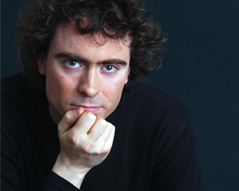 In this podcast from London’s Wigmore Hall podcast, Paul talks about this career, his love of Schubert and Beethoven, and his relationship with his mentor Alfred Brendel. CLICK HERE to listen now!
In this podcast from London’s Wigmore Hall podcast, Paul talks about this career, his love of Schubert and Beethoven, and his relationship with his mentor Alfred Brendel. CLICK HERE to listen now!



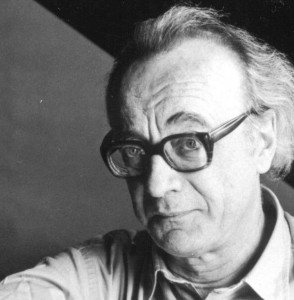
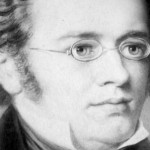 “I am in the world only for the purpose of composing.” -Franz Schubert
“I am in the world only for the purpose of composing.” -Franz Schubert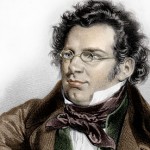
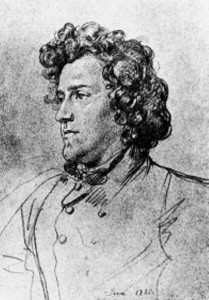
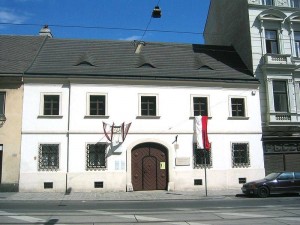
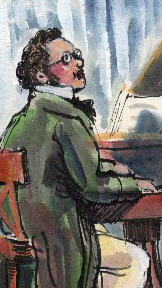
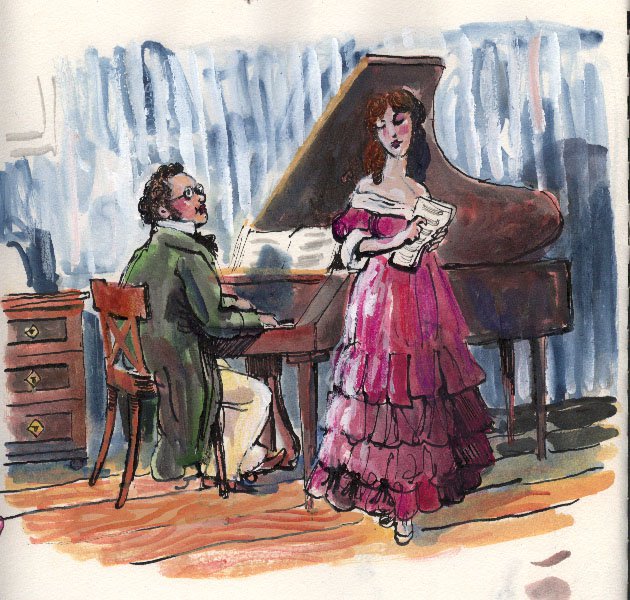
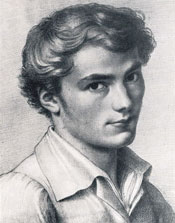
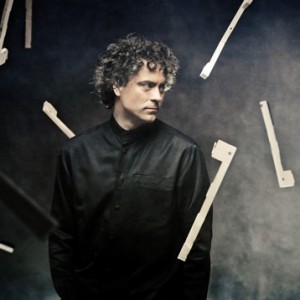
 Imagine my delight when I received an email from Jonathan Chan in London, where he is studying at the Guildhall, telling me that he had been awarded the 1715 Dominicus Montagnana violin on loan from the Canada Council Musical Instrument Bank. Canada’s finest young talents compete for the opportunity to use these instruments for a period of time. The competition is tough.
Imagine my delight when I received an email from Jonathan Chan in London, where he is studying at the Guildhall, telling me that he had been awarded the 1715 Dominicus Montagnana violin on loan from the Canada Council Musical Instrument Bank. Canada’s finest young talents compete for the opportunity to use these instruments for a period of time. The competition is tough.